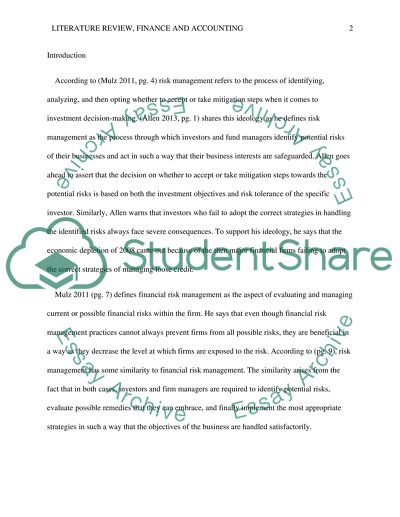Cite this document
(“Research for the Financial Risk Management Problems of Small and Literature review”, n.d.)
Research for the Financial Risk Management Problems of Small and Literature review. Retrieved from https://studentshare.org/finance-accounting/1654031-research-for-the-financial-risk-management-problems-of-small-and-medium-sized-enterprise-in-china
Research for the Financial Risk Management Problems of Small and Literature review. Retrieved from https://studentshare.org/finance-accounting/1654031-research-for-the-financial-risk-management-problems-of-small-and-medium-sized-enterprise-in-china
(Research for the Financial Risk Management Problems of Small and Literature Review)
Research for the Financial Risk Management Problems of Small and Literature Review. https://studentshare.org/finance-accounting/1654031-research-for-the-financial-risk-management-problems-of-small-and-medium-sized-enterprise-in-china.
Research for the Financial Risk Management Problems of Small and Literature Review. https://studentshare.org/finance-accounting/1654031-research-for-the-financial-risk-management-problems-of-small-and-medium-sized-enterprise-in-china.
“Research for the Financial Risk Management Problems of Small and Literature Review”, n.d. https://studentshare.org/finance-accounting/1654031-research-for-the-financial-risk-management-problems-of-small-and-medium-sized-enterprise-in-china.


